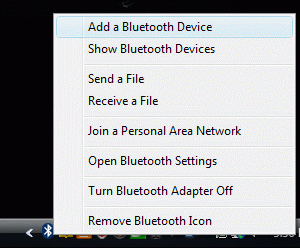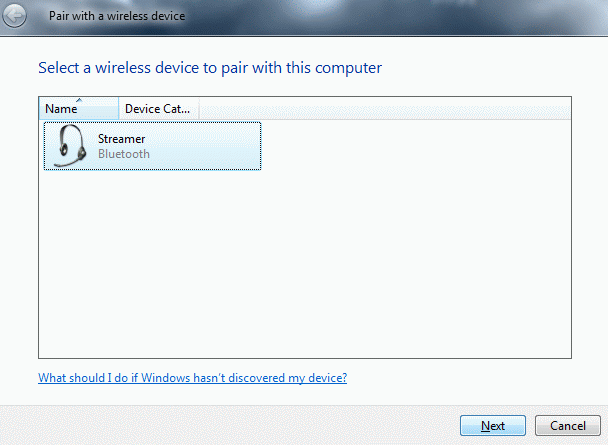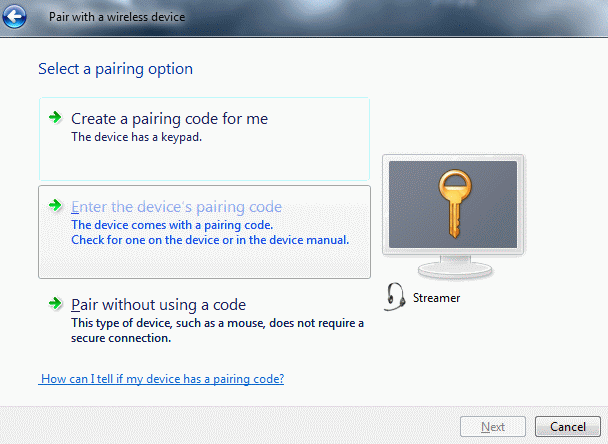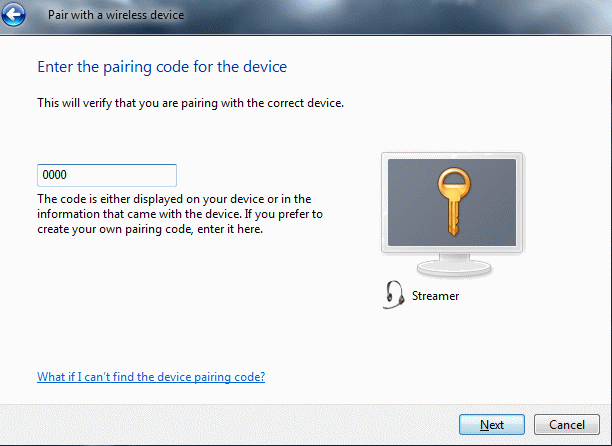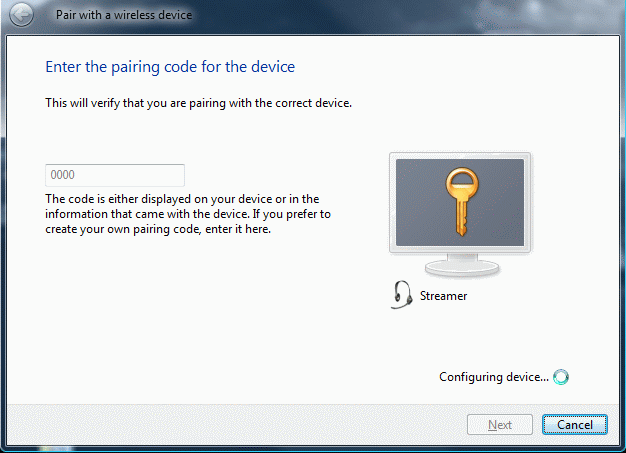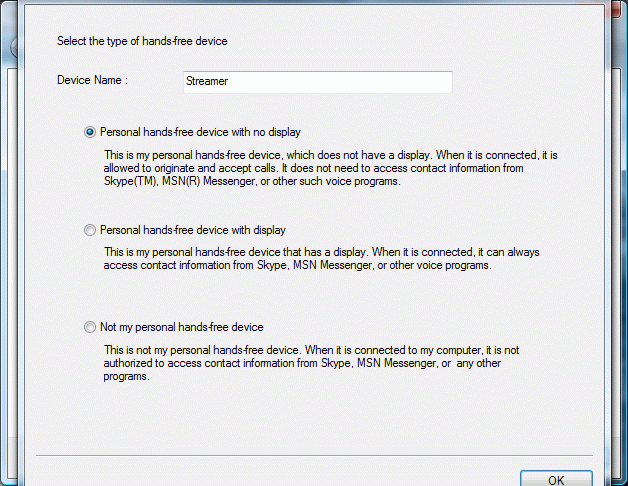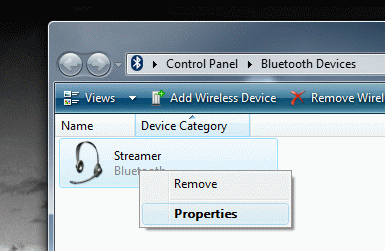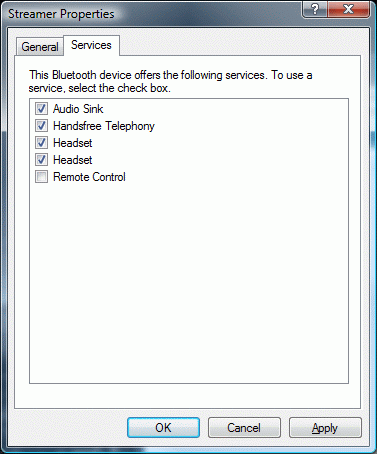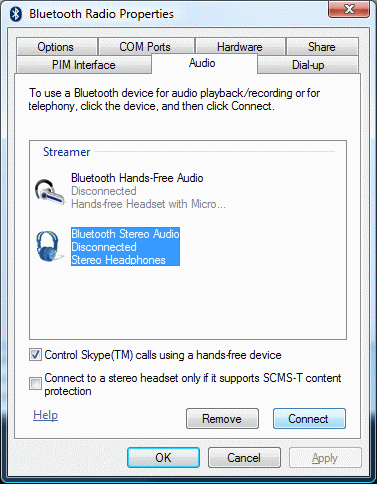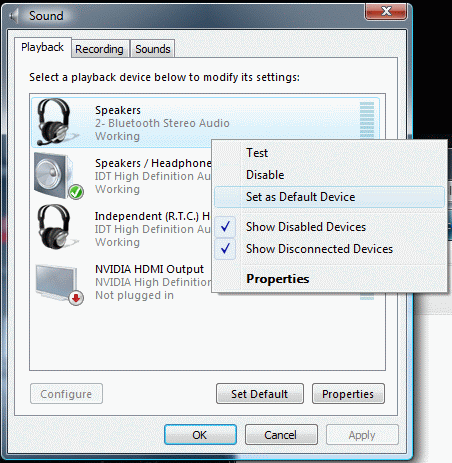Netflix Captioning: Botched
I’ve been saying for a couple years that I would never use Netflix’s Watch Instantly feature until they got around to introducing some form of subtitles or captioning for the deaf and hearing impaired. Well, as of April 15, Netflix announced that subtitles would be available on “about 100 titles” and that users were free to enjoy the first four seasons of Lost in subtitled form (which, coincidentally, is about 100 episodes, so it’s not hard to figure out what those “about 100 titles” were).
The subtitling system works well – it does not blow my socks off (nor does the player itself, which has severe issues with switching between episodes within a series). But Netflix managed to screw up in other ways:
- Subtitle everything in the series if you’re going to bother. It’s really irritating to watch one subtitled episode only to find that the next episode has no subtitles whatsoever for reasons that cannot easily be explained. I was bouncing between Hulu (which consistently subtitles each episode) and Netflix quite a bit (why? I don’t like ads any more than the next person).
- Make subtitles a saved preference rather than having to select it every time. Hulu finally got this right when they released their new player into the wild, making it a saved preference.
But the most egregious violation by Netflix is this: there is no way to tell whether something is subtitled or not without first opening it within the player. From a user experience and an information architecture perspective, this is an absolute nightmare. It’s the equivalent of forcing your users to stumble around with a blindfold, and does very little to improve the user’s opinion of your site in general.
I would also point out that the only part of Watch Instantly currently allowed to use subtitles is the web-based player; none of the media devices capable of picking up Netflix Watch Instantly streams can pick up subtitles (yet). So, in short, while Netflix did at least finally manage to do good on their promise to bring subtitles, it is a fairly hollow victory – with no way to find these subtitled titles, they might as well have just not bothered. They give no timeframe for future releases of subtitles on things that aren’t the Lost television series, either, which kicks it down another notch.
